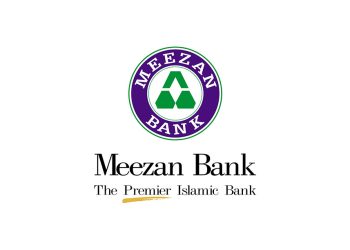Pakistan received its highest-ever monthly remittances of $3.24 billion in May, marking a 54% increase compared to the $2.1 billion inflows recorded in the same month last year. This surge in remittances has sparked optimism for a robust fiscal year ahead.
According to data released by the State Bank of Pakistan (SBP) on Friday, the May inflows were also 15.3% higher than April’s $2.8 billion. This rebound is particularly notable following a $4 billion shortfall in remittances during the previous fiscal year (FY23).
CUMULATIVE REMITTANCES AND PROJECTIONS
As of the July-May period of the current fiscal year (FY24), total remittances have reached $27.09 billion, reflecting an 8% increase compared to the same period last year. If June maintains May’s performance, Pakistan could record the second-highest annual remittances in its history, approaching the record $31.28 billion inflows of FY22.
FACTORS CONTRIBUTING TO THE SURGE
Financial experts attribute this surge to several factors:
- Timing of Eidul Azha: Remittance inflows typically spike during the two Eid festivals.
- Stable Exchange Rate: A stable exchange rate has made remittances more attractive.
- Anticipated Foreign Investments: Expected foreign investments have boosted confidence.
- Buoyant Equity Market: A strong equity market has contributed to the positive trend.
- Diversion to Property Sector: A steep fall in property prices has partially redirected remittances to this sector. Experts suggest that increased real sector activities could further boost remittance inflows for investment purposes.
ECONOMIC IMPACT
The increase in remittances is crucial for Pakistan’s economy, which relies more on remittances than on exports. The inflows will assist the government in several ways:
- Current Account Deficit: The current account deficit for the first 10 months (July-April) of FY24 is around $200 million, with an expected CAD of around $1 billion by the end of the year.
- Trade Deficit: The remittances will help reduce the trade deficit.
- Debt Servicing: Surplus from remittances will be used for debt servicing, with Pakistan expected to pay about $25 billion in the next fiscal year (FY25).
COUNTRY-WISE INFLOWS
The data highlights the sources of these remittances:
- Saudi Arabia: The highest inflow of $6.615 billion, a growth of 10% compared to last year.
- UAE: An increase of 12.7% to $4.88 billion during the 11 months of this fiscal year.
- GCC Countries: A slight decline of 1.6%, totaling $2.879 billion.
- UK: Inflows grew by 8.2% to $4.034 billion.
- European Union: Noted a growth of 12.2%, totaling $3.201 billion.
- United States: Inflows grew by 10.9%, reaching $3.209 billion.


















